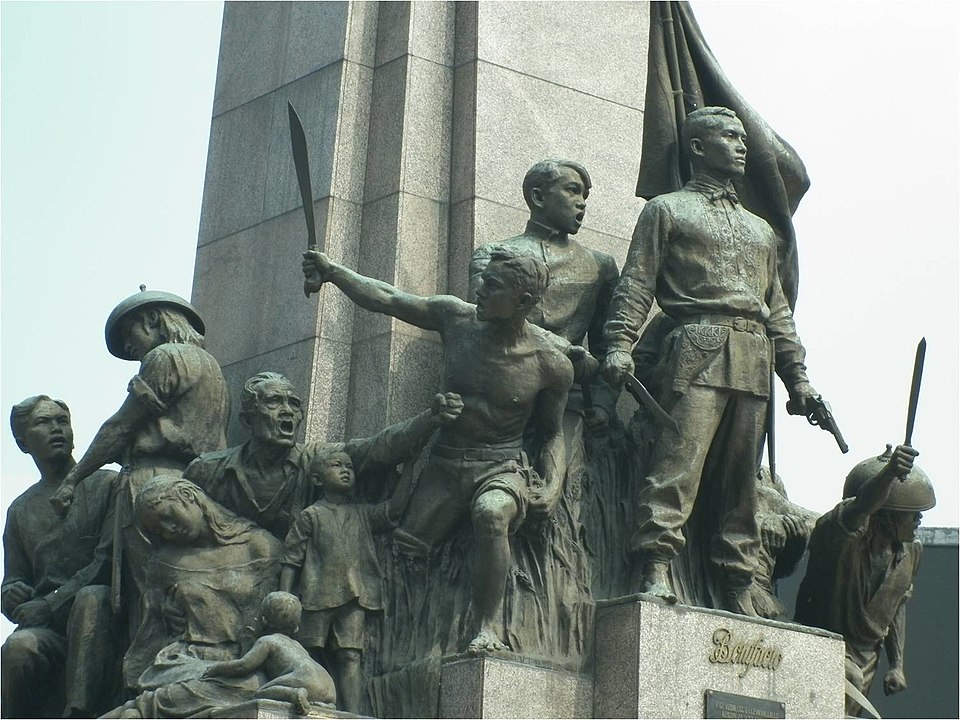Oriang: An atypical revolutionary muse

Accompanied by two women, Gregoria de Jesus hurried to Capt. Emilio Aguinaldo’s residence, pleading with him to reconsider the order banishing her wounded husband, Andres Bonifacio, following a tribunal proceeding.
Despite the heavy downpour and the enveloping darkness of night, they arrived at Aguinaldo’s house soaked to the bone. Ascending the stairs, they found the capitan feigning illness in his room, conversing with Feliciano Jocson. Oriang, as Gregoria was known to her intimates, discerned his pretense and engaged Jocson inquiring about the possibility of delaying her husband's removal until morning. Jocson's refusal, coupled with a letter from the sentry instructing Andres' detention at the Tribunal and Gregoria's imminent apprehension upon her return, sealed their fate. The following day, Andres and his brother were forcibly taken from the Tribunal, never to be seen or heard from again.
Thus ended the tragic saga of a patriot, leaving behind a grief-stricken wife. Gregoria de Jesus, a widow at the tender age of 22, could do naught to save her beloved husband. Andres met his demise in Taal, Maragondon, on orders from Gen. Mariano Noriel. Condemned for treason by a military tribunal, his death sentence was commuted to banishment by Aguinaldo, only to be overturned by his circle of generals.
In her relentless search for him, Oriang encountered evasiveness and frustration, receiving no solace from those she queried. She traversed hills and valleys in pursuit of answers, only to meet with disappointment. She passed away in 1943, denied the opportunity to accord her first husband a proper burial.
Their love story, etched in the annals of history, unfolded amidst tumultuous times. Initially disapproved of by her father, Gregoria's union with Andres, a freemason, ultimately gained his blessing. They exchanged vows twice, first in a Catholic ceremony at Binondo Church, and later in the residence of their sponsors, attended by Katipunan dignitaries.
As the wife of the Supremo of the Kataastaasan Kagalanggalang Katipunan, Oriang dedicated herself to the cause, safeguarding Katipunan papers and weaponry with unwavering resolve. Amidst looming threats of discovery, she undertook covert measures to protect their clandestine activities.
Her autobiography, translated from Tagalog, portrays her plight, recounting encounters with unsympathetic acquaintances and the arduous task of safeguarding Katipunan artifacts. Seeking refuge with family during pregnancy, she bore her son amidst the tumult of revolution.
Subsequent hardships, including the loss of their home in a fire and the tragic death of their only son, marked their tumultuous journey. Oriang's resilience during the Cry of Liberty, her flight from persecution, and eventual reunion with Andres in the mountains attest to her unwavering commitment to the cause.
In her union with Julio Nakpil, a comrade-in-arms and fervent supporter of Bonifacio, she found solace and companionship. Their bond, tempered by shared tribulations, endured the trials of war and political upheaval.
Gregoria de Jesus, revered as the "mother of the Philippine revolution," transcends the archetype of a muse, embodying the resilience and fortitude of a nation in the pursuit of freedom. Her contributions, though often overlooked, stand as a testament to the pivotal role of women in shaping the course of history. As the nation commemorates its heroes, Oriang's legacy rightfully ascends to its rightful place in the pantheon of Philippine luminaries.